Motivating your sales team is much more than bonuses and commission. If money alone did the trick, high performers wouldn’t be leaving companies as often as they do.
Selling today is more cross-functional than ever. Demand is higher, the market is more saturated, and customer needs are increasingly more complex, which means your motivation model has to go beyond just good pay.
It should inspire, recognize, and connect with your reps. It should build motivation and resilience, and push them to not just hit their targets, but exceed them.
So how do you make that happen? Let’s dive in.
Commission isn’t everything
If money talks, recognition screams. Even your top reps can feel undervalued if your reward scheme relies solely on commission. The best sellers want to know their work matters, and that it makes a tangible difference that the company recognizes.
No one likes putting in extra effort only to feel invisible—that’s what turns a great rep into a demotivated one. Simple gestures like public shoutouts, awards, performance spotlights, and even internal Slack celebrations can go a long way in making your team feel appreciated.
After all, closing deals is great, but being seen closing them is what builds real confidence.
Gamify the journey with visible goals
Closing deals isn’t the only thing worth being seen, though; your goals should be too. People chase what they can see, so make targets clear, visible, and engaging. Gamified dashboards, real-time leaderboards, and progress meters can turn routine quotas into fun and friendly competitions that keep reps motivated.
And it’s not just for show: visibility creates momentum, fuels accountability, and transforms ‘hit the quota at all costs’ into ‘race you to the top.’ It creates visibility that shouldn’t be locked away, meaning dashboards should be openly accessible to the team, and where appropriate, to other departments.
Being open and allowing everyone to get involved encourages healthy rivalry, but it also builds trust and shows the rest of the company the hard work sales puts in behind the scenes. Visibility drives behavior, and behavior drives results.
Make targets realistic
Even your best reps can struggle if their targets are too high. When your team feels like they’re constantly chasing a moving target (or worse, an impossible one), motivation will quickly evaporate. Why put in the effort when they already know they’ll fall short?
The most effective goals are:
- Specific
- Measurable
- Achievable
- Aligned with the company’s bigger picture
Reps need to understand why their goals matter and how they impact the business as a whole if they have any chance of chasing them with purpose. Because if those goals are simply unrealistic, are you even giving your team a chance?
Real-time feedback, always
Giving feedback after the fact is like coaching an athlete after they’ve already crossed the finish line—it’s too late to make a difference. Feedback shouldn’t be a post-mortem at the end of the quarter when the lights are already out. It should be a regular part of the rhythm.
Dashboards, one-on-ones, performance check-ins, and weekly team huddles all give reps the information they need to self-correct early. They can double down on what’s working well, scrap what’s not, and stay on track without losing momentum.
But the best part? It takes the pressure off managers to do last-minute damage control. When reps know exactly where they stand halfway through the month, they can pick up the pace and hit their goals—without the scramble at the finish line.
Build culture of constant learning
Top sellers are at the top for a reason: they started somewhere, improved relentlessly, and kept climbing. But they just don’t hit a ceiling and stay there—they want to grow, sharpen their skills, and explore new ways to master their craft.
The companies that invest in that growth? They don’t just retain talent, they build loyalty and powerful sales teams.
If you want your reps to break that ceiling, regular training sessions should be a staple on the monthly calendar. Invite outside experts for Q&As, encourage learning and development certifications, and make continuous improvement part of the culture. Whether internal or external, virtual or onsite, learning should always feel like a value-add.
Motivation beyond sales
Big deals rarely close through sales alone; product tweaks, legal support, marketing materials, revenue ops—it all plays a part. The deal simply can’t exist without each moving part working in tandem.
So if sales gets rewarded, think about the other teams that had a hand in making it happen. Would the deal have been possible without that cross-functional collaboration? Probably not. When everyone contributes to the win, everyone should have a stake in the reward.
The final push for accelerators
Hitting your target is great, but happens when you exceed it? The motivation to keep going often comes down to what’s waiting on the other side.
Reps aren’t likely to push past 100% just for the sake of it. Why go the extra mile when the goal’s already in the bag? But if there’s something in it for them, like prize incentives, recognition bonuses, or accelerated commission, they’re far more likely to dig deeper and keep pushing.
And in tough months where energy is low and deals are harder to land, tiered incentives can be just the boost your team needs.
Motivation isn’t a formula, it’s a culture
The best sales orgs know that motivation doesn’t come from money alone; it comes from meaning. Recognition, clarity, visibility, learning, community, shared goals, and smart incentives all contribute to an environment where reps feel challenged and supported. And when that happens, you don’t just hit revenue goals; you build a team that wants to win together.










